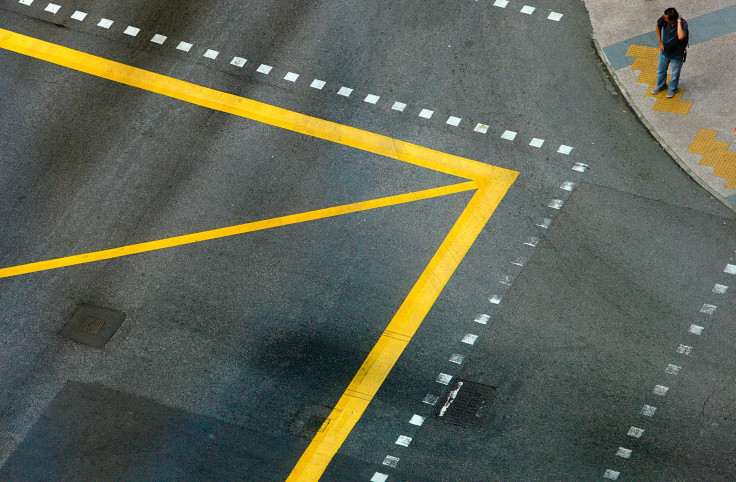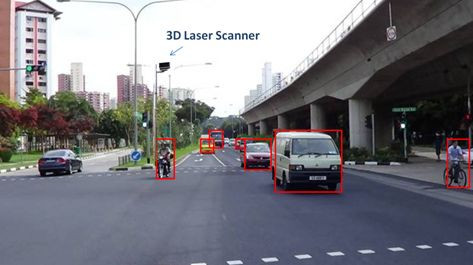3D Lasers Will Help Guide Singapore’s Urban Bus Traffic Under Test Program

Within the next 12 months Singapore will become the testing ground for a traffic safety system that connects laser radar sensors to city buses that would warn drivers of pedestrian movement at busy intersections.
The work is part of a global attempt to expand new vehicle-to-infrastructure safety technologies, and Singapore appears to be the first location where stationary radar boxes will relay nearby pedestrian movements to drivers and warn them when an accident is imminent.
The system will be deployed at two of Singapore’s busiest intersections and connect to 40 city buses before the end of March 2016, according to IHI Corp., the Tokyo-based maker of the 3D laser detection boxes that can pinpoint the location and speed of moving objects – in this case cars and people – every tenth of a second. Crucially, IHI claims the system works as well at night or in stormy conditions, a challenge for camera-based traffic safety systems, as it does on clear days.

The testing program comes almost a year after IHI and Singapore’s Agency for Science, Technology and Research signed a research collaboration deal, including the development of the traffic junction warning systems. While the test program only involves city buses, it could be deployed in any vehicle with a monitor equipped controller, according to a report Monday in Nikkei Asian Review.
IHI is vying to be a player in Japanese smart traffic technology as other Japanese industrial giants work to take the lead in advanced connected car and infrastructure development.
In February, Japan’s Ministry of Land, Infrastructure, Transport and Tourism said the University of Tokyo and Nagoya University are collaborating with automakers Toyota, Honda and Nissan, and parts makers Denso, Panasonic and Hitachi, to create a global standard in traffic-related technologies.
Smart camera-based traffic signal technology already has been adopted in many places, such as New Jersey’s Meadowlands, where a combination of traffic-calming cameras and timing equipment can modify signals in real time to speed up or slow down intersection waits.
But the so-called vehicle-to-infrastructure communication, or V2I, is still nascent and complicated by the need for considerable alterations to public infrastructure, as well as collaboration with regulators and automakers to make the technology viable, secure and widespread.
© Copyright IBTimes 2024. All rights reserved.






















